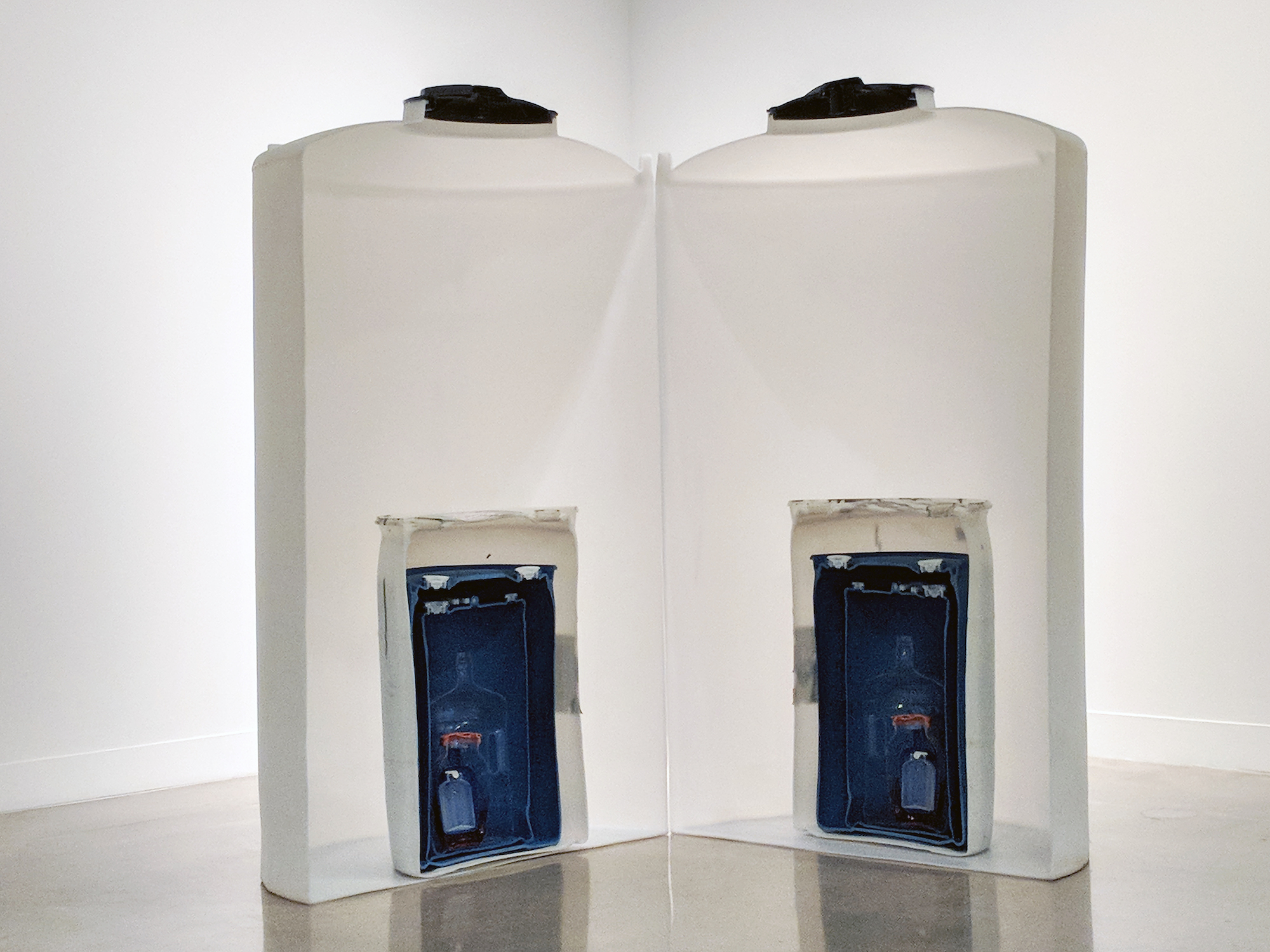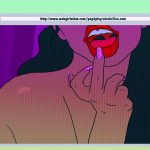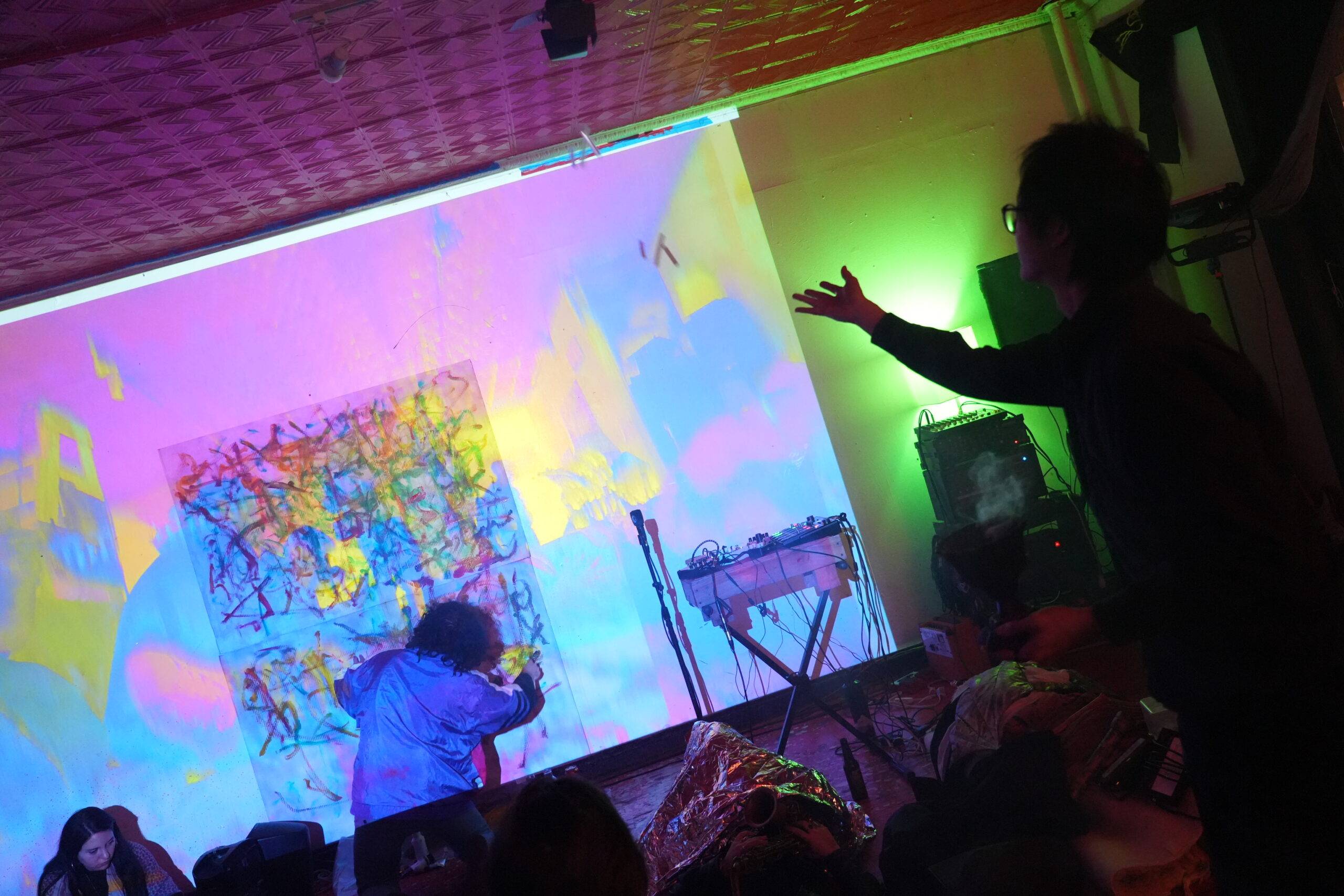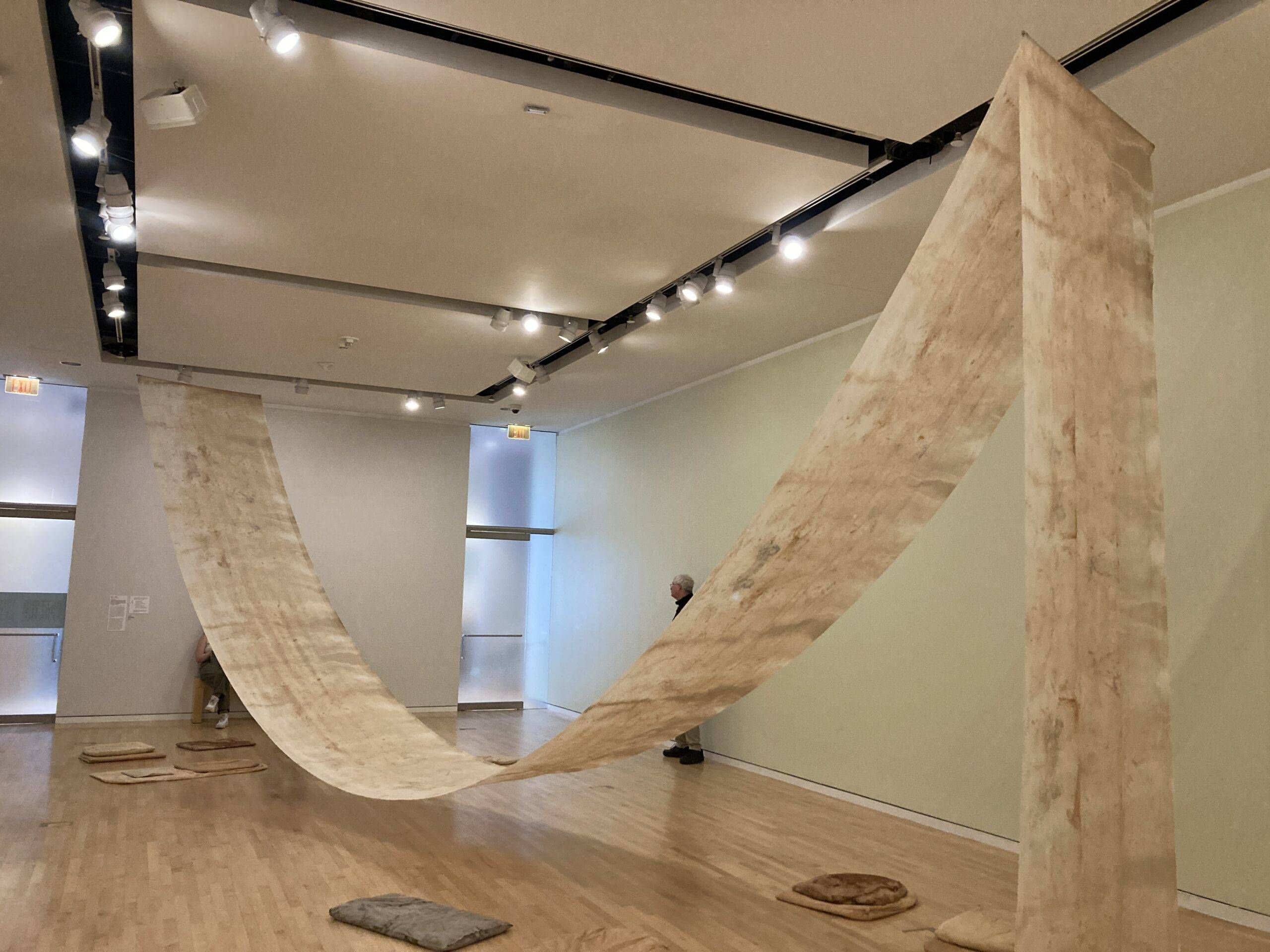
No Nouns Left Whole: Future Fossil: Untitled, on-going. 4 wood shelves with ceramic, metal, glass, plastic, and organic containers. 30” x 48” 72”. Photo courtesy of the artist.
According to a Filipino custom, the placenta of a newborn is cleaned out and buried in a coconut shell along with a page from a songbook, a piece of paper, and a pen. The deeper the shell is buried, the longer it takes for the child to start speaking. The shell’s contents become a collective predictor for the kind of person the child will grow up to be.
During her tenure review presentation on November 14, Lan Tuazon, Assistant Professor of Sculpture at the School of the Art Institute of Chicago (SAIC) remembers her mother informing her nonchalantly that hers was buried in a tin can, not the customary coconut shell. Tuazon jokes that this is why she grew up weird. Her mother believes it doesn’t make a difference; both objects opened themselves up to hold space for her. An object can live more lives than one.
Replete with topics as wide-ranging as Filipino customs, post-structuralist philosophy, and anthropological research, Tuazon’s tenure review presentation packed and wrapped ten years’ worth of work on her series “Future Fossils” into an hour. Her matter-of-factness when it came to talking about colonization and commodity fetish made Chair of Sculpture department Dan Price and Dean of Graduate Studies Arnold Kemp repeatedly laugh out loud.
A mixture of a flea market, science lab, museum and library, “Future Fossils” presents sculptures made from found objects. Everything from water bottles and milk cans to plastic dolls and 3D printed skeletons are cut in half, and then nested concentrically like the rings of a tree — a process Tuazon calls “Onioning” — creating artificial fossils. The innermost objects become the fossils’ identifiers. The fossils, which range in size from milk bottle to full-size refrigerator, are held in cascading angled shelves to make sure the multiple layers are visible. Presented like an archive, the objects explore the idea of commodity fetish.

No Nouns Left Whole: Future Fossil: Liquid Commodities: Water 2018. Plastic 35″ x 72″. Photo courtesy of the artist.
Planned to be shown in 2020, “Future Fossils” marks the end of Tuazon’s decade-long trilogy on the order of things: architecture, artefacts, and now, anthropogenic matter. The first part of her project began with architecture, focusing on urban class divisions; the second examined artefacts which questioned the status of objects in cultural customs and museum practices. Her work during the course of this trilogy has been showcased at multiple galleries in New York and internationally at Bucharest Biennale 4 in Romania, the Württembergische Kunstverein Stuttgart in Germany, Floating IP Gallery in Manchester, England and The Lowry Museum in London. With this exhibition, Tuazon questions the lifespan of things beyond obsolescence. Drawing attention to the vast footprint of consumer culture, she examines how ecological conditions, when influenced by human actions, transmute natural selection into artificial selection.
“The first thing I tell my students is, consider very seriously that you just entered history,” Tuazon said during her presentation. Speaking of existing objects’ unlived lives, she creates taxonomies to expose hidden myths within familiar systems. An attempt to reimagine systems in place, she creates new orders, new sequencings of objects. Her sculptures encourage viewers to reimagine much of what they take for granted.
She has coined a term for her practice: Documentary Sculpture, by which she means a type of sculpture practice that uses objects to catalogue our natural and cultural time. Resultant of her love-hate relationship with object-oriented ontology, Lan Tuazon’s practice asks questions like, “Who gets to be contemporary? Can sculpture reveal cultural material and memory?”

No Nouns Left Whole: Future Fossil: Death’s Souvenir: After James Luna, 2018. Wood plinth, plastic, nylon, foam, ceramic, animal bone, resin, 49” x 97” (overall). Photo courtesy of the artist.
Hugely influenced by Michel Foucault’s “The Order of Things,” she addresses order as manifest within real and imagined environments. For an object to turn into a commodity, she said, “It has to let go of its materiality and history. A commodity is a complex thing made common by erasing its history.”
In “Future Fossils,” no nouns are left whole as all objects contain and are contained by one another; all essentially become signifiers of the byproduct of human consumption and patterns of production.
Describing her future show, she invites the audience to “imagine an actual house cut in half and filled with these objects, of things we consume every day. It is the sum total of humanity’s lifespan projected onto things we consume to project the sheer scale of human consumption. The intention is to invert order, in which human culture is contained within a house, which makes you think of the planet.”
A visual for the planet not just as a world-for-us, but also a world-as-planet and a world-without-us. Tuazon, conscious and proud of the project’s implications, ended her presentation with, “I hope you have an existential crisis when you walk in.”





















